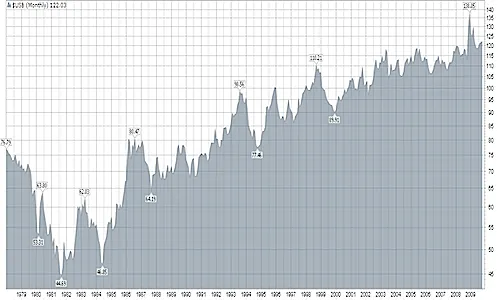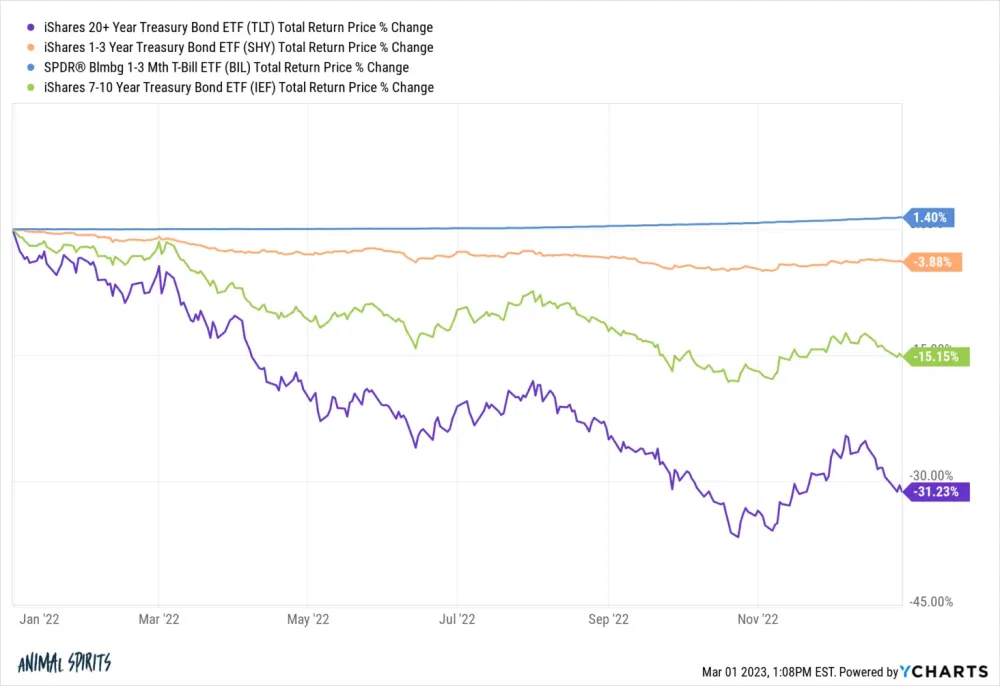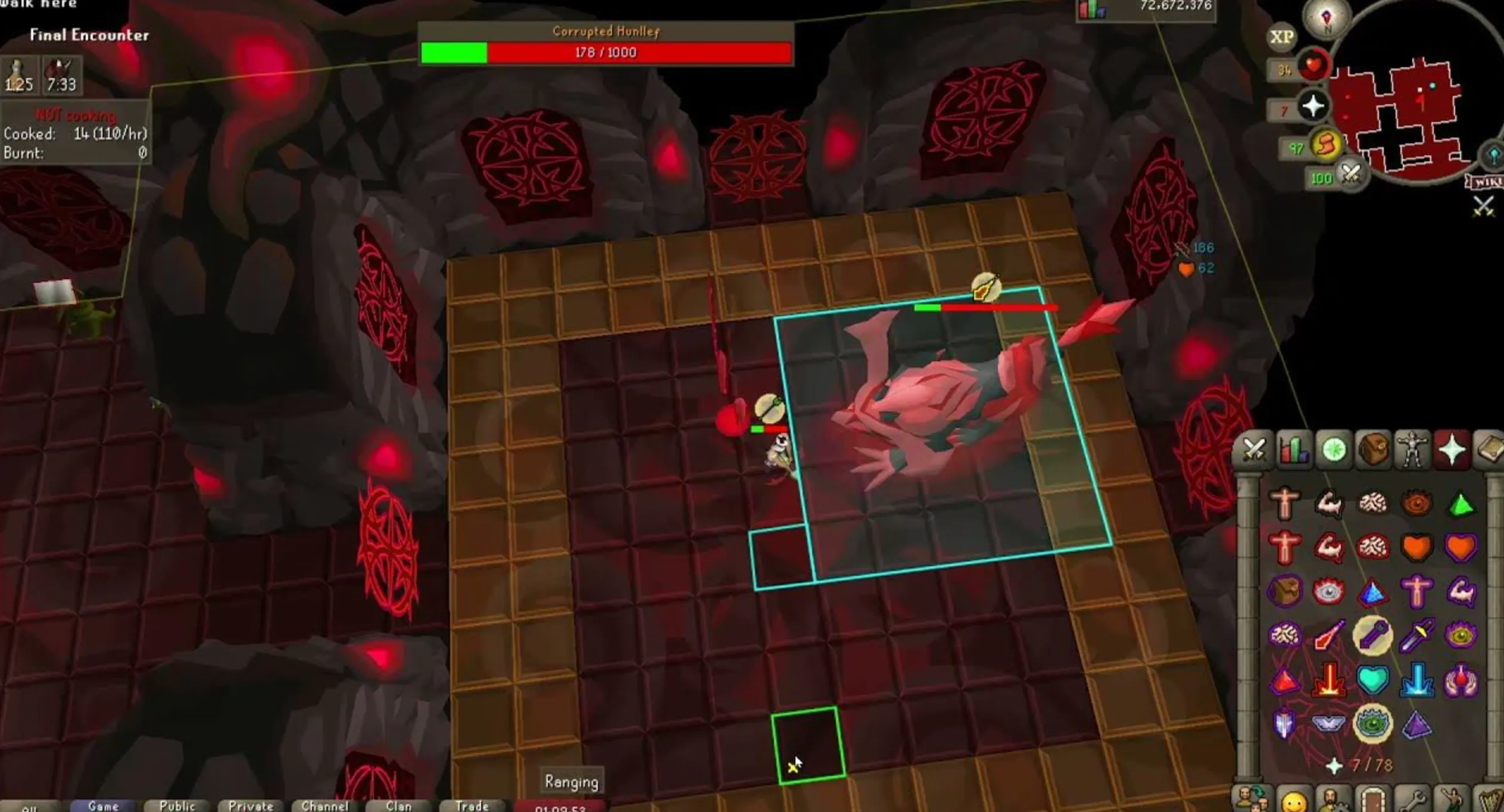Your cart is empty
Exploring OSRS Bond Price History: Trends and Insights

Old School RuneScape (OSRS) bonds are an integral part of the game’s economy, allowing players to purchase various in-game benefits using real-world currency. These bonds can be traded among players, providing a unique intersection of gameplay and economic strategy. Understanding the price history of OSRS bonds offers valuable insights into player behavior, market trends, and the overall health of the in-game economy. This article explores the dynamics of OSRS bond pricing, helping players and investors alike navigate this fascinating aspect of the game.
The pricing of OSRS bonds is influenced by a variety of factors, including supply and demand dynamics, player engagement, and in-game updates. Initially introduced in 2014, bonds can be purchased with real money and then sold in the game’s Grand Exchange, allowing players to convert their investment into in-game currency. The bond’s price fluctuates based on how many players are buying and selling them, which is a direct reflection of their perceived value within the community.
One of the primary drivers of bond prices is player demand for in-game items and services that bonds can provide. Players often purchase bonds to acquire membership, trade them for gold, or obtain exclusive items. When major game updates are released, interest in bonds can spike, leading to increased demand and subsequently higher prices. Conversely, if updates do not resonate with the player base or if there’s a significant decline in player engagement, demand for bonds may decrease, causing prices to drop.
Additionally, market trends play a crucial role in determining bond prices. For instance, if a new, lucrative method of earning in-game currency emerges, players might opt to earn gold through gameplay rather than purchasing bonds, which can lead to a surplus of bonds in the market and lower prices. Conversely, during periods of high player activity, such as seasonal events or promotions, bond prices may rise due to increased purchases.
Historical data on OSRS bond prices reveals these trends clearly. For example, during the launch of major expansions or updates that introduce new content, bond prices often experience a temporary surge. Conversely, during dry spells where little new content is added, a stagnation in bond prices can occur. Analyzing this price history allows players to make informed decisions about when to buy or sell bonds, maximizing their in-game benefits and minimizing losses.
In summary, understanding the bond pricing mechanism in OSRS involves a careful analysis of player behavior, market dynamics, and game updates. By staying informed about these elements, players can better navigate the bond market and enhance their overall gaming experience.
3. Historical Price Trends of OSRS Bonds

When diving into the historical price trends of OSRS bonds, it’s essential to recognize how these virtual currencies have fluctuated over time. Initially introduced as a means to facilitate in-game purchases and membership, the price of bonds has experienced notable changes based on various factors.
Here’s a brief overview of the historical price trends:
- Launch Period (2013-2014): Bonds were first introduced at a relatively low price, often hovering around 2-3 million GP (Gold Pieces). Players were eager to obtain them due to the novelty.
- Initial Surge (2015-2016): As more players became aware of bonds, demand surged, causing prices to rise significantly. At this stage, bonds were often traded between 3-6 million GP.
- Stabilization Phase (2017-2019): After the initial excitement, prices began to stabilize, averaging around 4-5 million GP. The fluctuation became less dramatic as the player base matured.
- Recent Trends (2020-Present): The COVID-19 pandemic brought an influx of players back to the game. This resurgence led to a spike in demand, pushing bond prices up to around 6-10 million GP.
In summary, the historical price trends of OSRS bonds illustrate a journey from novelty to essential commodities in the game. Players should keep an eye on these trends to make informed purchasing decisions.
4. Factors Influencing Bond Prices
Understanding the factors that influence the prices of OSRS bonds is crucial for players looking to invest wisely. Several key elements play a significant role in determining these prices:
| Factor | Description |
|---|---|
| Player Demand | The number of players interested in purchasing bonds directly affects prices. Higher demand usually leads to increased prices. |
| Game Updates | Significant updates or events can generate buzz, leading to spikes in demand and subsequently higher bond prices. |
| Market Trends | The overall state of the in-game economy, including fluctuations in gold prices, can impact bond pricing. |
| Availability | The rate at which bonds are available for purchase in-game influences their price. Limited availability can drive prices up. |
By keeping these factors in mind, players can better navigate the complexities of the OSRS bond market. Staying informed about these influences allows for more strategic purchases and investments in the game.
Comparison of Bond Prices Over the Years
When it comes to understanding the economics of Old School RuneScape (OSRS), examining the price history of bonds is essential. Bonds have a unique role in OSRS, serving as a bridge between real-world currency and in-game currency. Over the years, the price of bonds has seen significant fluctuations. Let’s dive into the trends.
The bond price history can be broken down into several key periods. Here’s a quick overview:
| Year | Average Bond Price (in GP) |
|---|---|
| 2015 | 2,000 |
| 2016 | 2,500 |
| 2017 | 3,000 |
| 2018 | 4,000 |
| 2019 | 5,500 |
| 2020 | 6,500 |
| 2021 | 7,200 |
As you can see, there has been a steady increase in bond prices, reflecting growing demand. Several factors contribute to this trend, including:
- Player Population: An increase in players typically drives bond demand.
- Game Updates: Frequent updates can rejuvenate interest in the game, impacting bond prices.
- Economic Changes: Shifts in the in-game economy, influenced by various factors, can lead to price fluctuations.
Overall, tracking bond price history provides valuable insights into the game’s economic health and player engagement.
Impact of In-Game Updates on Bond Prices
In Old School RuneScape, in-game updates can have a profound effect on bond prices, often leading to immediate fluctuations. Players are keen observers of how new features, quests, and items can drive demand for bonds. Let’s explore how these updates impact bond prices.
Here are some notable ways in-game updates influence bond prices:
- Introduction of New Content: When new quests or regions are released, players are often eager to dive in. This can increase the demand for bonds, as players may want to purchase memberships to access new features.
- Changes to Game Mechanics: Updates that alter how players earn or spend in-game currency can shift demand for bonds. For instance, alterations to experience rates or resource availability can create new economic dynamics.
- Seasonal Events: Events like Halloween or Christmas often lead to temporary spikes in bond prices as players rush to take advantage of exclusive rewards.
- Quality-of-Life Improvements: Updates that improve overall gameplay can enhance player satisfaction, leading to an uptick in player numbers and, consequently, bond demand.
To summarize, staying attuned to in-game updates is crucial for understanding bond price movements. These updates not only impact gameplay but also the economy surrounding bonds, making them a fascinating topic for players and analysts alike.
Future Predictions for OSRS Bond Prices
When it comes to predicting the future prices of OSRS bonds, several factors come into play. Understanding these trends can provide insights that may help players make informed decisions. Here are some key points to consider:
- Market Demand: The demand for bonds can fluctuate based on player activity, updates, and in-game events. For instance, during major game updates or events that introduce new content, the demand for bonds often spikes.
- Inflation Trends: Just like in real-world economies, the in-game economy of Old School RuneScape (OSRS) can experience inflation. If more bonds are introduced into circulation without a corresponding increase in demand, prices may drop.
- Player Trends: The overall player count and engagement levels are crucial indicators. A rising player base often leads to increased demand for bonds, pushing prices up. Conversely, a decline in active players could negatively impact bond prices.
- Game Updates: Regular updates, including new features or gameplay mechanics, can significantly influence bond prices. For example, if a new money-making method is introduced, it may increase the demand for bonds as players look to upgrade their accounts.
Overall, while it’s challenging to predict exact prices, keeping an eye on these factors can provide valuable insights into the potential future trends of OSRS bond prices.
How to Buy and Sell Bonds Effectively
Buying and selling OSRS bonds can seem daunting, but with a strategic approach, it can be quite straightforward. Here are some effective tips to navigate the process:
- Research Current Prices: Before making any transactions, check the current bond prices on the Grand Exchange. This helps ensure you’re not overpaying or selling for too little.
- Set a Budget: Determine how many bonds you want to buy or sell and set a budget. This helps prevent impulsive decisions and keeps your in-game finances in check.
- Timing is Key: Buying during low-demand periods can result in better prices. Conversely, selling when demand is high can maximize your profits. Keep an eye on market trends!
- Use Trade Offers: If you’re looking to buy bonds, consider using the trade offer feature to negotiate prices directly with other players. This can sometimes lead to better deals.
- Stay Informed: Follow OSRS news and community discussions. Being aware of upcoming updates or events can help you anticipate market shifts and make timely decisions.
By following these tips, you can buy and sell OSRS bonds effectively, maximizing your in-game wealth while minimizing risks.
Exploring OSRS Bond Price History: Trends and Insights
Old School RuneScape (OSRS) bonds are a unique in-game currency that players can purchase with real money and trade for in-game items and services. Understanding the price history of these bonds is essential for players looking to optimize their investment and trading strategies. Over the years, bond prices have experienced fluctuations influenced by various factors, including player demand, game updates, and economic trends within the game.
Here, we outline some key trends and insights regarding OSRS bond price history:
- Initial Pricing: Bonds were initially priced at approximately 2 million GP (Gold Pieces) when they were first introduced, creating an accessible entry point for players.
- Price Fluctuations: Bond prices have seen significant fluctuations, ranging from 1.5 million GP to over 3 million GP due to market dynamics.
- Impact of Updates: Major game updates and events often lead to sudden changes in bond prices. For example, the introduction of new content typically increases player engagement, driving up demand for bonds.
- Seasonal Trends: Prices tend to rise during holiday events or special promotions when players are more likely to purchase bonds for exclusive items.
- Market Sentiment: The overall sentiment within the OSRS community can significantly impact bond prices, with rumors or announcements leading to speculative buying or selling.
To analyze bond price trends effectively, players can refer to historical data and charts available on various OSRS community websites and forums. This data helps identify patterns that can inform future trading decisions.
Conclusion: Key Takeaways from Bond Price History
Understanding the historical price trends of OSRS bonds can empower players to make informed decisions, maximizing their in-game currency and trading strategies while adapting to the ever-changing dynamics of the game.

